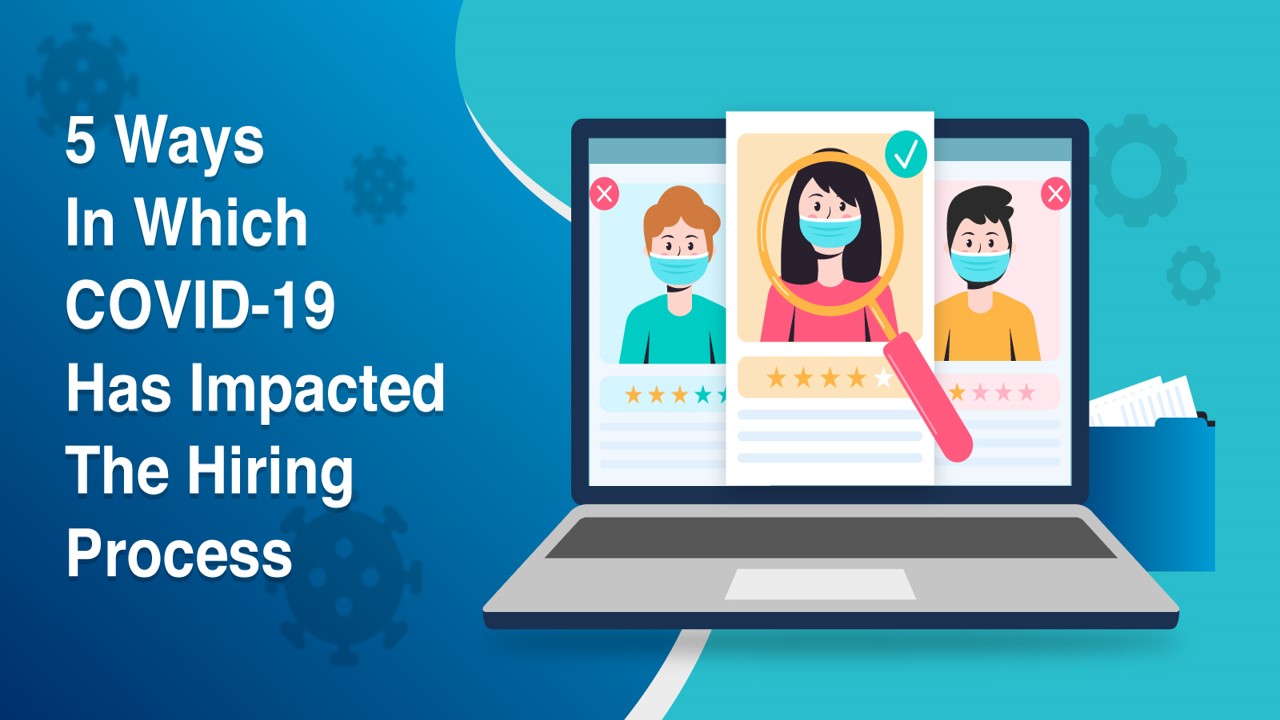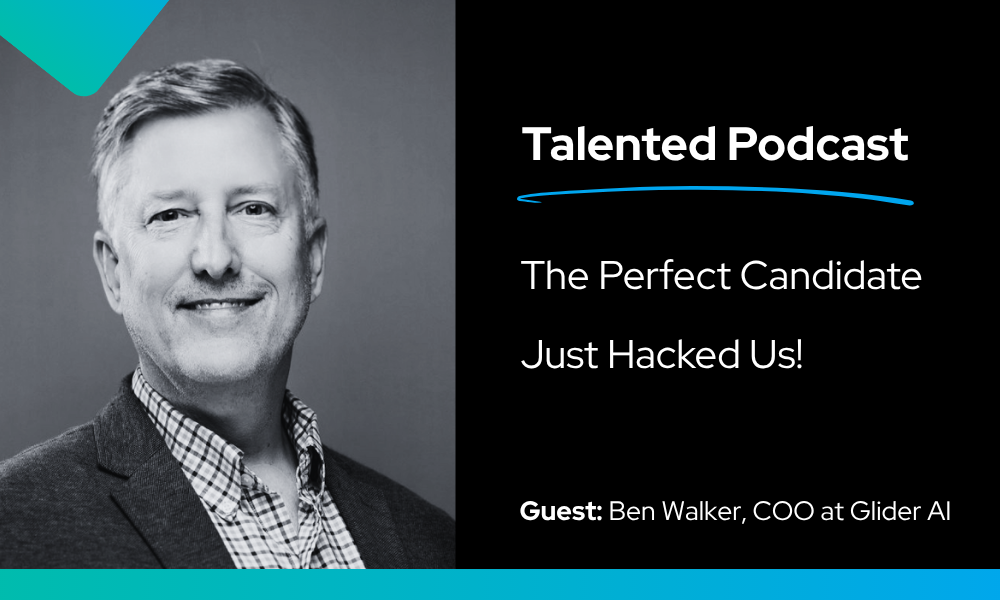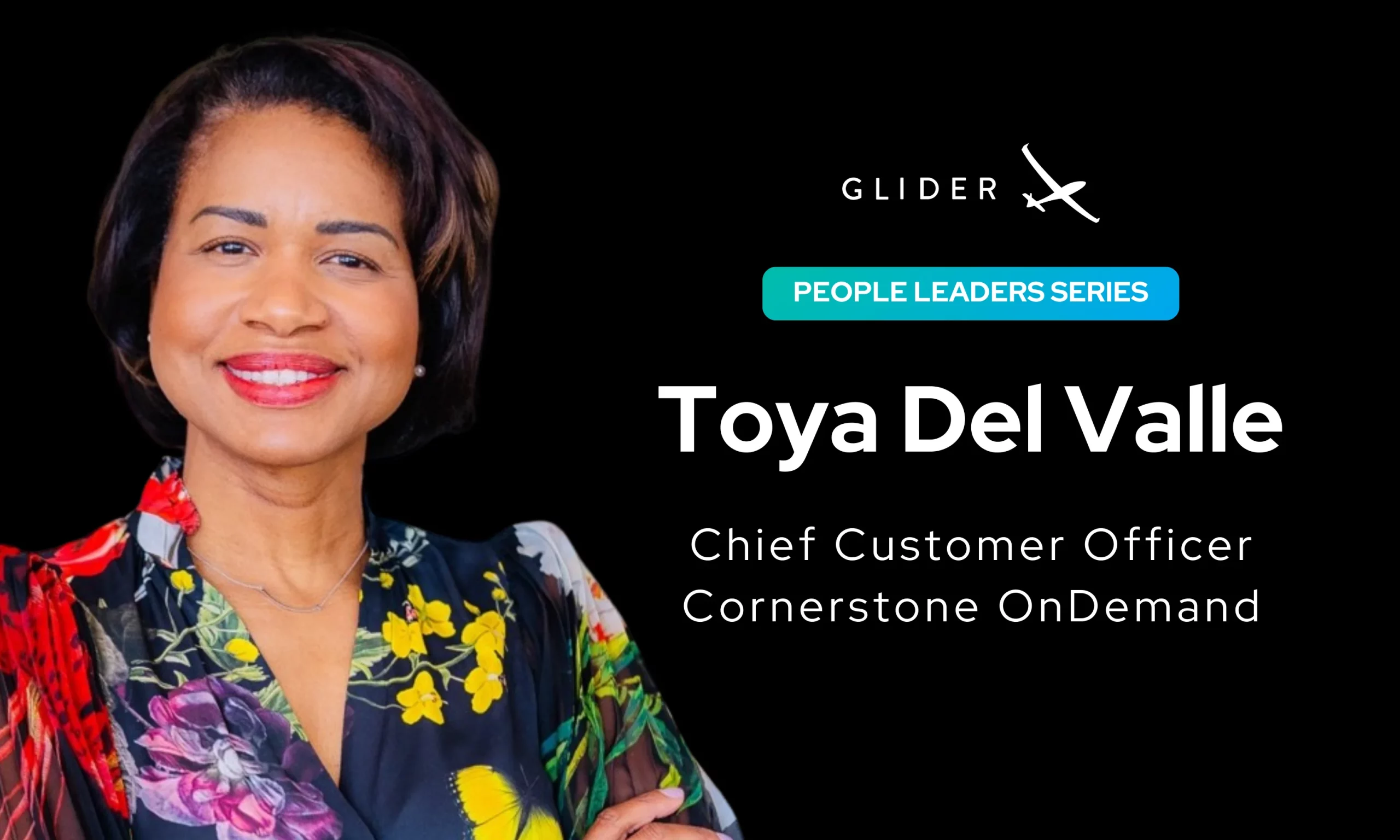
Make talent quality your leading analytic with skills-based hiring solution.

The pandemic has affected every industry in some way or another and hiring is no exception. With difficulties in traveling, minimal communication between HRs and candidates, and a shortage of jobs altogether, the hiring process has suffered.
In this blog, we shall cover how COVID-19 has impacted the hiring process.
Here are the top 5 ways in which COVID-19 has impacted the hiring process:
COVID-19 has shaped the future of the hiring process and every business is finding innovative approaches for talent acquisition.
To avoid physical contact and stop the virus from spreading, companies have gone remote. Employers have undertaken online recruitment for providing a better-structured hiring process. More and more organizations are taking up remote recruiting to keep the process going and minimize the losses. The abundance of HRM software and remote hiring tools in the market has made this venture possible. The advent of remote hiring has made the process fast and effective.
According to research by Jobvite:
New data from Aptitude Research Partners shows that the amount of companies who have invested or plan to invest in chatbot solutions has jumped by over 500% in the last year alone, and 80% of users are happy with the technology. Likewise, more than 9 in 10 organizations who’ve turned to text-based recruiting methods have chosen to stick with them, with nearly two-thirds of workers preferring this type of communication to an email or phone call, according to the 2019 Job Seeker Nation Report.
Companies are reimaging and reinventing their hiring process in order to make the recruitment process more digital, not just during the pandemic but in general, going forward.
“This crisis has led us to reimagine recruiting. We immediately adapted our
[artificial intelligence]-driven video interview tools to be more empathetic and
more contextually aware than they were pre-COVID. We’ve also set up what
we’re calling ‘video handshakes,’ which are more focused on discovering what
people can be and become, rather than what they do and have done
[previously in their career.]”
– Michael Wright, Global Head of Talent Acquisition
for media investment company GroupM
COVID-19 has given rise to remote interviewing. Two-way video interviews and one-way video interviews have become the go-to interview processes. Video interviews have brought forth a lot of benefits:
According to a Jobvite research, a growing army of recruiters are turning to
videoconferencing solutions to screen and interview candidates as well, with
as many as 8 in 10 now making it a key part of the hiring process.
Driving hiring automation using AI-based hiring tools from sourcing to talent onboarding is a new change that the pandemic has brought in the hiring process. More and more companies are using Machine Learning (ML) and Robotic Process Automation (RPA) to reduce time to hire and increase the quality of hire.
According to a LinkedIn survey on talent trends, a whopping 35% of professionals, hiring managers and human resource personnel feel that AI is the top trend impacting who they recruit.
As businesses struggle financially worldwide, companies have become very careful about who they hire. Instead of halting hiring, companies are spending more time assessing the candidate and in decision-making before hiring new talent. This risk-averse approach to hiring has made the hiring process longer. A few factors that are leading to increased time to hire are:
Extra stringent and thorough hiring process: Companies being very careful about who they are hiring and adding extra interview rounds in the hiring process including psychometric evaluation to make up for the lack of direct face to face interaction. Companies have also increased internal hiring to fill open positions. As most companies face budget cuts, most companies are also taking longer to make hiring decisions to ensure that have hired the right candidate.
A survey by recruitment agency Randstad in June – July 2020 found that the
hiring process took one to three months for about 40 % of respondents,
as companies receive more applications.
Higher number of job applications: Most companies are also receiving higher number of job applications per job opening which is making it longer to screen and shortlist candidates.
“Competition for jobs has intensified, with an average increase of about 15% in
applications per role.”
– Linda Teo, Country Manager, Manpower Group, Singapore
Increased time to hire has affected enterprises in many ways. Some of the effects of increased time to hire are as follows:
Employers now have virtual onboarding programs for the new hires as a result of this lockdown. Starting from the joining to team introductions, everything is happening remotely. This phenomenon has made HRs find innovative ways to make the new hires feel welcome.
Enterprises have come up with innovative ways to make virtual onboarding happen. Here’s how some of the top MNCs are virtually onboarding new hires:
P&G
“While it is easy getting information in an office environment, it can be really
difficult when working remotely. Thirty-five new hires joined the consumer goods
firm last month. To facilitate their induction, P&G has created a customized app,
P&G Connect, which provides resources to help navigate the system and also
serves as a learning and engagement platform.”
–PM Srinivas, Head of HR, P&G India
All in all, the pandemic has opened new ways in which business process can be carried out virtually and remotely across the world and these processes are likely to become the new norm as companies get used to the new normal and become accustomed to the benefits that digitization, virtualization and remote working offers.
If your hiring process has been impacted by the pandemic and you are looking for an online hiring platform or remote hiring tools, sign up for a free Glider trial now!

“The Perfect Candidate Just Hacked Us”: Inside the Global Playbook of Hiring Fraud That 100% test score might be your biggest red flag. Enterprise breaches don’t always start with phishing emails; sometimes, they start with a fake job interview. In this episode of Talented, Joseph Cole sits down with COO Ben Walker to unpack one […]

Can HR Stop Playing Buzzword Bingo with Skills and AI? If you’re an HR or TA practitioner or work in HR Tech in any capacity, AI and Skills-Based Hiring is what everyone is talking about. The problem? All the talk is diluting the importance of two very interrelated topics. Glider AI sponsored the Transformation Realness […]

Q&A with HR/TA Analyst Kyle Lagunas The traditional playbook that was HR is being rewritten. AI is reshaping work, skills-based strategies are transforming hiring, and HR teams are under pressure to deliver more with less. HR isn’t just about managing people anymore—it’s about engineering the future of work. In this Q&A session, Kyle Lagunas and Joseph […]